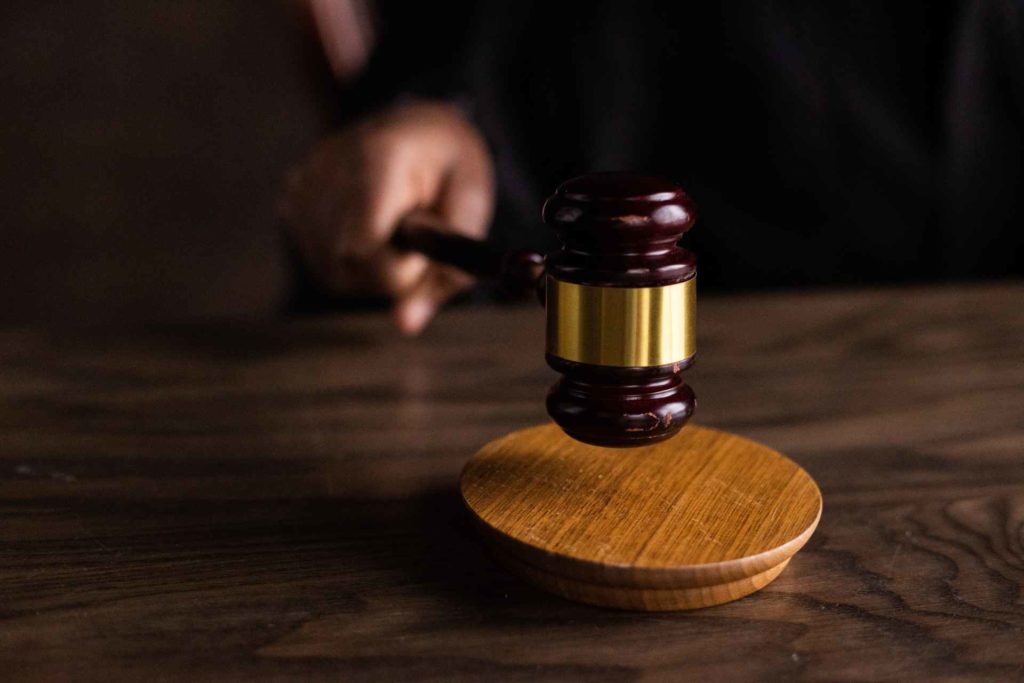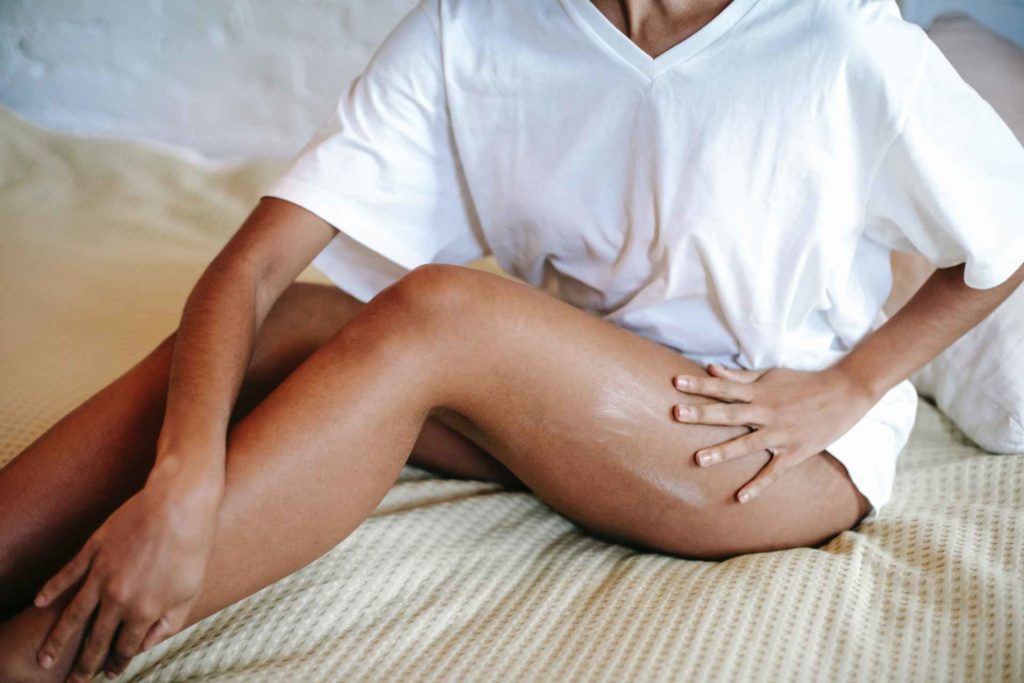The World Health Organization (WHO) declared that the ultraviolet (UV) rays from tanning beds could cause melanoma, a type of skin cancer. People using indoor tanning equipment are more likely to develop squamous cell carcinoma (SCC) by 58 percent and basal cell carcinoma (BCC) by 24 percent. Based on these studies, indoor tanning increases the risk of skin cancer.
Moreover, using sunbeds before age 20 can increase the risk of melanoma by 47 percent. Unfortunately, the risk heightens with each use. Some states, including Vermont, Oregon, Minnesota, and California, ban the use of tanning equipment by anyone under 18 years old.
In October 2011, California became the first state to implement this ban. Before, minors between 15 and 18 years old could tan with parental consent. On the other hand, Idaho, Georgia, and North Dakota only prohibit children under 14 from using tanning devices. In Georgia, minors at least 14 years old but less than 18 may undergo a tanning session with parental consent.
If you have suffered from sunburns, blisters, and other diseases due to the use of tanning beds, contact a personal injury lawyer immediately. They can help you receive compensation for tanning bed burns and other injuries.
Key Takeaways
|
Causes of Tanning Bed Burns
Several factors, including varying temperature levels, UV light overexposure, and inadequate employee assistance, can cause sunbed burn injuries.
Varying temperature levels result from not replacing all bulbs at the same time. Tanning salon employees should not change only the faulty bulbs. If the employees replace only one bulb, the bulbs will give off unequal temperature levels. As a result, you may experience sporadic burn injuries in your body.
Moreover, overexposure to UV rays can also cause dry skin. According to safety guidelines, employees must set the proper time and strength of tanning beds for clients. Otherwise, you may experience extended exposure to UVA and UVB rays, damaging your skin.
Lack or incomplete assistance from operators can also cause burns. For example, they need to inform you that the tanning session is over in case you fall asleep. They must also discuss the kind of tanning package for your skin type and tanning experience.
If you have no experience with indoor tanning, you should use a low-wattage bed. Moreover, you should have shorter tanning sessions than regular clients. The salon employee should know that you must first develop a tolerance for the bulbs and temperature levels.
Dangers of Tanning Beds


Salon employees should regulate the use of tanning beds strictly. Improper use can cause burn injuries, premature skin aging, and an increased risk of cancer.
Burn injuries
Indoor tanning equipment emits UVB rays, which are linked to burns. Hence, people who use tanning beds can sustain sunburns and first or second-degree burns.
Sunburn refers to the skin’s visible reaction to UV radiation from the sun or other light sources. Its symptoms include redness, dryness, peeling skin, pain, and blisters. Some people also experience fever and chills.
In extreme cases, tanning salon clients may experience first or second-degree burns. These are tissue damage due to heat or prolonged exposure to UV rays.
A first-degree burn affects only the epidermis or the outer layer of the skin. It can lead to redness and pain.
A second-degree burn goes beyond the epidermis to the next layer of skin called the dermis. People with second-degree burns may suffer from redness, blisters, and scars. It also entails a more painful experience than a first-degree burn.
Premature aging
If UVB is linked to burn injuries, UVA is associated with premature skin aging. Tanning beds also emit UVA rays, and overexposure may lead to brown spots, wrinkles, dryness, and sagging skin. Premature aging is when a person experiences the effects of growing older earlier than expected.
According to the University of Missouri Health Care (MU Health Care), overexposure to UV rays can cause loss of skin elasticity. As a result, your skin may become thick as leather or thin as tissue paper with regular use of tanning beds.
Increased risk of skin cancer
According to Cleveland Clinic, using tanning beds can increase your risk of developing skin cancer. BSC, SCC, and melanoma are the three main kinds of skin cancer.
BSC causes a bump or lesion on the epidermis. Other symptoms include itchy or painful translucent lumps with visible blood vessels and clear fluid or blood oozing out of the nodes. The common areas to have these bumps include the face, nose, eyelids, scalp, legs, and ears.
On the other hand, SCC causes a rough bump which might form a hard layer and bleed. Other symptoms include a sore that heals and returns, developing into an inch-long flat, scaly, and red area.
Some patients may also develop lesions on their lower lip that may have a burning sensation with sun exposure. White or pale spots may also appear in the mouth.
Melanoma is the most invasive among the three skin cancers. It comes from melanocytes, which are cells that produce melanin. They are black or brown spots, but some patients also develop pink, red, or purple melanomas.
The American Academy of Dermatology (AAD) provided the ABCDE guideline to check for signs of melanoma.
- Asymmetry – One half differs from the other half.
- Border – The spot has an irregular edge.
- Color – The area has different colors, such as black, brown, gray, or white.
- Diameter – It is usually greater than 6 millimeters or a pencil eraser.
- Evolving – The spot changes its size, shape, and color.
Tips To Avoid Indoor Tanning Injuries
The most effective way to avoid tanning injuries is not to use tanning beds. You are exposed to UV rays during a tanning session, which can cause burns, blisters, premature aging, and skin cancer. According to dermatologists, there is no such thing as safe indoor tanning.
But if you must use a tanning bed, go to a reputable tanning salon. Most likely, they have employees who know the proper way of tanning. They will inform you about the risks and provide guidelines before proceeding with the session. They can also advise you on the appropriate tanning package for your skin type.
Next, use quality indoor tanning lotion to hydrate your skin. UV exposure can dry your skin, so you must moisturize it before stepping inside a sunbed. Tanning lotions also speed up the tanning process, so you need less exposure to get the desired results.
Keep tanning sessions short and infrequent. Avoid spending more than 10 minutes in one session. It would help if you also covered sensitive areas. Use goggles for your eyes, apply SPF-infused balm to your lips, and slather sunscreen on your face, chest, and pale regions..
You can also choose a self-tanning lotion or a spray tan over a sunbed. These products do not penetrate the skin. Hence, they do not cause cumulative skin damage. However, their color only lasts between seven to 10 days.
Treatment for Tanning Bed Burns
Contact your doctor immediately if you experience extreme sunbed burns. They can assess your injury, prescribe medical treatment, and recommend therapy or surgery. Some patients may even need skin grafts to treat affected areas.
But you can try several home remedies if you have minor burn injuries. Take a pain reliever, such as ibuprofen and acetaminophen. You can also take an oral antihistamine to relieve itching. Doctors also recommend drinking plenty of water to avoid dehydration, which occurs after UV ray exposure.
Take a cool shower. According to a preventive medicine physician, cold water helps relieve the inflammation around the affected area. You can also apply an aloe vera gel or any dermatologist-approved moisturizer to hydrate the skin. The aloe vera plant contains ingredients that retain moisture and soothe the pain.
Remember to wear sunscreen with SPF 30 or higher to prevent further exposure. Doctors also recommend staying out of the sun while your burns heal. The healing process for a minor sunburn can take a few days up to one week. During this time, only use gentle skincare products.
Possible Liable Parties for Tanning Bed Injuries


The possible liable parties in a tanning bed accident include salon owners and sunbed manufacturers.
Tanning salon owners
Tanning salons have a legal duty to ensure their customers’ safety. In 2020, the Food and Drug Administration (FDA) reminded tanning bed operators about the proper maintenance of tanning booths.
The legal doctrine of respondeat superior holds the employer liable for their employee’s actions within the scope of their job. When an employee acts negligently and causes harm, the employee and employer are responsible for any damages.
The elements of negligence are:
- Defendant’s legal duty
- Breach of the duty
- Plaintiff’s injury
- The breach caused the injury
In a sample scenario, an employee failed to change all the bulbs at one time, constituting a breach of legal duty. After the tanning session, the client suffered from sporadic burns throughout their body. The client’s attorney proved that failing to replace all the tanning bed bulbs caused the client’s skin damage. The client may receive compensation for medical bills and other expenses in this scenario.
However, tanning salons may raise the defenses of contributory and comparative negligence. Contributory negligence prevents plaintiffs from recovering damages if they are partly at fault. On the other hand, comparative negligence reduces the amount of damages according to the claimant’s degree of responsibility.
Tanning bed manufacturers
Under the products liability doctrine, products with inherent defects that harm a consumer would be liable for damages. Manufacturers may be responsible if their tanning beds have defects in design, manufacturing, or marketing aspects.
However, your personal injury attorney must prove that the defects caused your burns. That is the only way you can qualify for compensation.
Damages in Tanning Bed Injuries Lawsuits
You might recover compensation for medical expenses if you sustained burns due to an appointment in a tanning salon. It might include hospital bills, surgery, and therapy costs if you suffer from severe burns, pain management treatment, and prescription medicines.
You may also get reimbursement for lost wages if your tanning bed burns prevented you from working for a certain period. It may include wages, commissions, bonuses, and benefits.
Patients with serious injuries may also claim payment for reduced earning capacity. You can recover this damage if the injury prevents you from continuing your job role or getting promotions in the future.
Victims of tanning bed accidents also experience emotional distress and trauma. Hence, you can recover compensation for pain and suffering. It includes loss of enjoyment of life, frustration, and anguish.
You may also file a wrongful death claim if a loved one dies due to extreme skin damage. The immediate family can receive reimbursement for funeral costs and other expenses.
Did you know?
The American Academy of Dermatology (AAD) clarified that using a tanning bed does not produce more vitamin D in the body. According to board-certified dermatologists, a healthy diet or supplement can provide the body with enough vitamin D.
Contact a Personal Injury Lawyer
Burn injuries from tanning beds can be caused by overexposure, varying temperatures, and salon owner and employee negligence. Aside from burns, people who use sunbeds can experience premature skin aging and skin cancer, including BSC, SCC, and melanoma.
In case of a tanning bed accident, liability may lie with the salon owners and tanning bed manufacturers. Salon owners may be liable for their employees’ negligence, while manufacturers may be responsible for product defects.
Suppose you sustain burns in a tanning session through no fault of your own. In that case, you can receive compensation for medical bills, lost wages, reduced earning capacity, wrongful death, and pain and suffering.
Visit The Personal Injury Center to learn more about your rights after experiencing burns from a tanning bed. We understand your frustration regarding a tanning session gone wrong, and we can help. Our network of experienced attorneys across all US states can help you secure damages.
Did you sustain tanning bed burns? The Personal Injury Center has comprehensive resources to help protect your rights after a sunbed accident. Schedule a free consultation today!
FAQs on Tanning Bed Burns
Will the tanning bed burn turn into a tan?
There is no guarantee that the sunburn will turn into a tan. It is better to use self-tanning products to avoid burn injuries and cumulative skin damage.
What evidence is needed in a tanning bed injury lawsuit?
To build a personal injury lawsuit, you need evidence. Among these may be pictures of the sunburn, medical reports, witness statements, and other evidence. What you need depends on the unique circumstances of each case, so it is best to consult a lawyer.
What are some of the myths about indoor tanning?
Most people believe that a base tan protects the body against sunburn. On the contrary, it only provides an SPF of three or less. Also, people often claim that tanned skin is healthy skin. In reality, your skin experiences cumulative damage through exposure to tanning equipment.



